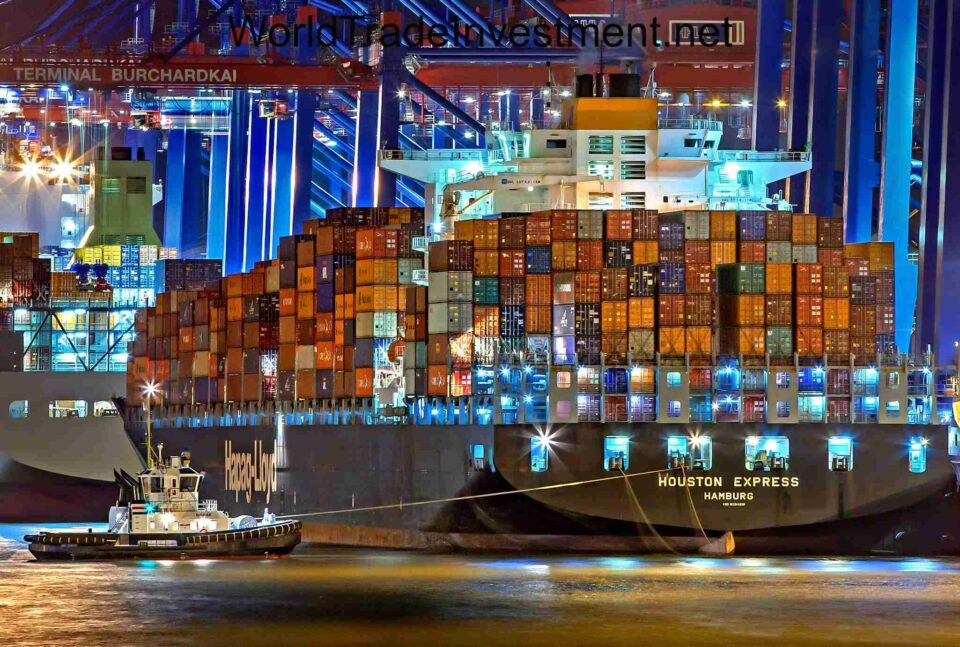China’s Enduring Trade Surplus: A Complex Picture
China’s sizeable merchandise trade surplus, where the value of exports exceeds imports, has been a source of discussion and debate for decades. While it might seem like a sign of economic strength, the reasons behind this surplus are multifaceted.
Export Powerhouse: China has emerged as a global manufacturing giant. Its efficient production lines, skilled workforce, and government support have enabled it to produce goods at competitive prices. This has fueled a surge in exports, particularly in electronics, machinery, and textiles.
Relatively Weak Domestic Demand: China’s domestic consumption, though rising, hasn’t kept pace with its export prowess. High savings rates and income inequality contribute to this. This means there’s less demand for imported goods within China, limiting import growth.
Currency Management: China’s managed exchange rate can also play a role. By keeping the Yuan artificially low, Chinese exports become cheaper on the international market, while imports become relatively more expensive. This discourages imports and incentivizes exports.
Import Substitution: China’s efforts to develop its own industries, particularly in areas like automobiles, could be contributing to a decline in certain imports. However, this trend is likely gradual and doesn’t fully explain the entire surplus.
Looking Ahead: China’s trade surplus might not be as permanent as it seems. An aging population, rising wages, and potential changes in currency policy could all lead to a more balanced trade picture in the future. Additionally, the global economic slowdown could dampen export growth.
The Debate Continues: The existence of a large trade surplus can have both positive and negative consequences. While it creates jobs in China and generates foreign exchange reserves, it can also lead to trade tensions with partner countries feeling they are getting a raw deal.
Understanding the reasons behind China’s trade surplus is crucial for navigating the complex world of international trade. It’s a story that continues to evolve, with ongoing discussions about its causes and implications.




